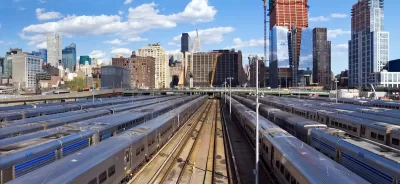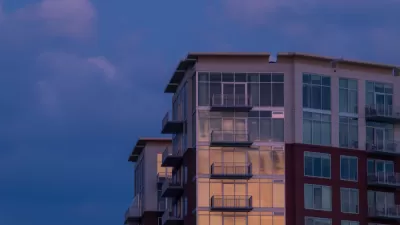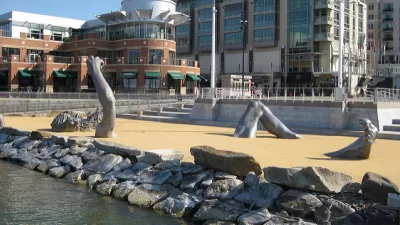Transit stations increase nearby jobs and populations, but they could also contribute to displacement. What can we do differently?

Smart Growth America's analysis in Shelterforce reveals the complex dynamics of transit-oriented development (TOD), where growth and displacement risks intersect. According to research cited by Smart Growth America, transit station areas generated 20 percent of metropolitan job and household growth while occupying less than 1 percent of urbanized land across 42 regions, with rail transit increasing nearby property values 15-25 percent above baseline increases.
While TOD successfully attracts diverse populations and promotes sustainability, rising costs threaten existing residents. Light rail and streetcar areas saw median incomes rise 9 percent faster than surrounding regions, highlighting gentrification concerns. Seattle's Capitol Hill and Portland's MAX light rail corridor demonstrate how transit improvements can inadvertently drive displacement.
However, the article highlights successful mitigation strategies from several cities. Arlington's Rosslyn-Ballston corridor shows how proactive zoning and affordable housing policies can prevent accelerated displacement while fostering economic growth. Other solutions include Denver's TOD Fund for preserving affordable housing near transit and San Francisco's Small Sites Program supporting nonprofit acquisition of affordable rental properties.
The piece emphasizes that successful TOD requires balancing development goals with equity considerations through robust community engagement and protective policies.
FULL STORY: Can We Resist Displacement From Transit-Oriented Development?

Maui's Vacation Rental Debate Turns Ugly
Verbal attacks, misinformation campaigns and fistfights plague a high-stakes debate to convert thousands of vacation rentals into long-term housing.

Planetizen Federal Action Tracker
A weekly monitor of how Trump’s orders and actions are impacting planners and planning in America.

In Urban Planning, AI Prompting Could be the New Design Thinking
Creativity has long been key to great urban design. What if we see AI as our new creative partner?

King County Supportive Housing Program Offers Hope for Unhoused Residents
The county is taking a ‘Housing First’ approach that prioritizes getting people into housing, then offering wraparound supportive services.

Researchers Use AI to Get Clearer Picture of US Housing
Analysts are using artificial intelligence to supercharge their research by allowing them to comb through data faster. Though these AI tools can be error prone, they save time and housing researchers are optimistic about the future.

Making Shared Micromobility More Inclusive
Cities and shared mobility system operators can do more to include people with disabilities in planning and operations, per a new report.
Urban Design for Planners 1: Software Tools
This six-course series explores essential urban design concepts using open source software and equips planners with the tools they need to participate fully in the urban design process.
Planning for Universal Design
Learn the tools for implementing Universal Design in planning regulations.
planning NEXT
Appalachian Highlands Housing Partners
Mpact (founded as Rail~Volution)
City of Camden Redevelopment Agency
City of Astoria
City of Portland
City of Laramie





























